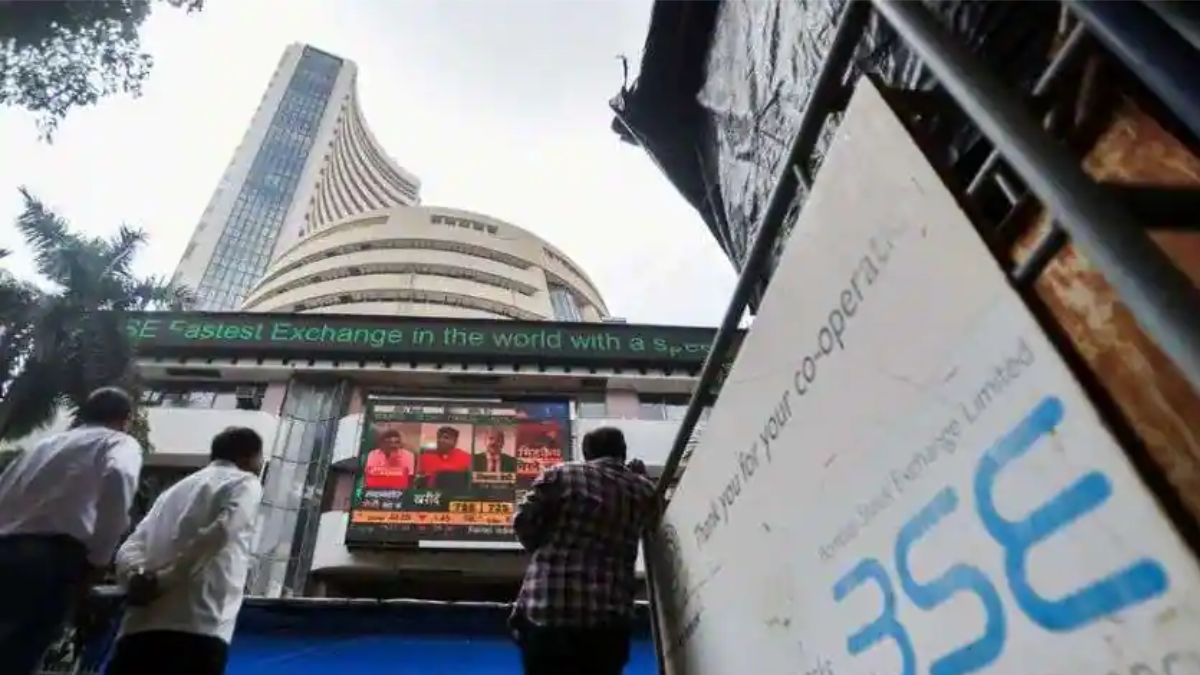The first two months of calendar year 2023 have seen a cumulative erosion of Rs 24.7 trillion in market capitalisation, according to BSE data – the highest ever in the first two months. This is almost double the Rs 13.6-trillion loss during the corresponding period of 2022. The BSE’s total mcap now stands at Rs 257.7 trillion.
“The structure of the Indian markets are weak right now, given the prevalent selling pressure. Midcap stocks are down, FIIs continue to withdraw money from India, and the Adani issue has only added to the damage,” said Chandan Taparia, head (technical & derivatives research), Motilal Oswal.
“The market is already in an oversold position, but India’s high valuation compared to other markets seems to have caught up with the investors, who are steadily cutting their long positions,” said Shrikant Chouhan, head of equity research (retail) at Kotak Securities.
Taparia pointed out that while the past three months have seen the markets end in the negative zone, there is expectation of a revival next month onwards, as historical trends suggest the market usually finds its feet after two-three consecutive months of decline. He added that the markets remain range bound during the January-February period, leading to a loss in investor wealth, given that this is the period of corporate earnings and the Union Budget.
Data show that there has been an erosion in mcap in seven of the past 10 years during the period in question. The only instances of an increase in the BSE mcap were in 2015, 2017, and 2021, witnessing an addition of Rs 6.1 trillion, Rs 11.4 trillion, and Rs 12.8 trillion, respectively.
Kranthi Bathini, director (equity strategy) at WealthMills Securities, said the markets had started the year on a weak footing anyway ― owing to the hawkish stance by the US Fed, coupled with continuous FII selling. The Hindenburg report only added to the woes.
“Volumes are declining because market participation is drying up and follow-up buying is not taking place. We had a fairly mixed earnings season, and there has been no news trigger to cause a rally in the indices,” he pointed out.
The previous biggest fall in mcap after the first two months was seen in 2016, when Rs 14.5 trillion was wiped out. The Sensex had slumped almost 12% during the two-month period then, triggered by FII selloffs, weakness in the crude prices, and Moody’s outlook on fiscal deficit.
